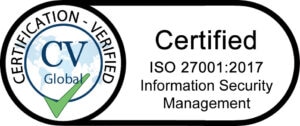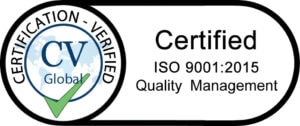Why RFID Technology Is the Next Step in Warehouse Evolution
Creating a Smarter Operation with Real-Time Tracking and Visibility
Introduction: The Importance of Efficient Warehousing
If you’re in the logistics industry, you’re probably familiar with the term RFID (radio-frequency identification). RFID technology has been around for a while, but it hasn’t always been easy to implement. However, recent advancements have made RFID more practical and affordable than ever before. In this article, we’ll explore the benefits of RFID technology and why it’s the next step in warehouse technology.
Efficient warehousing is critical to the success of any business that deals with physical goods. The ability to manage inventory, track shipments, and fulfill orders quickly and accurately can make or break a company. With the rise of e-commerce and global supply chains, the demands placed on warehouses have never been greater. That’s where RFID technology comes in.
Zebra’s RFID solutions can help you automatically track the location of important items in your business, whether it’s receiving products, stock checks or goods going out of your warehouse.
What is RFID Technology?
RFID technology uses radio waves to communicate between a tag or label and a reader. The tag contains a microchip that stores information about the item it’s attached to. When the tag is within range of a reader, the reader sends out a radio signal that powers the tag and reads the information stored on it. This allows for real-time tracking of inventory and shipments without the need for line of sight or manual scanning.
There are two types of RFID tags: Passive RFID tags and Active RFID tags.
Passive tags, which are commonly used for inventory tracking, do not have a battery and rely on the waves emitted by RFID readers to function.
On the other hand, Active tags are powered by batteries and are more expensive. They are primarily used for long-range tracking of machinery such as trucks and railway cars.
Warehouse
Manage inventory across your supply chain
- Warehouse and yard management
- Pick and put away
- EDI transactions
- RFID aided forklifts

Symec Premier Partners with RFID expert Zebra Technologies
Symec are premier partners with one of the largest Auto-ID companies in the world. Together we can help you, plan, design and rollout your RFID projects.
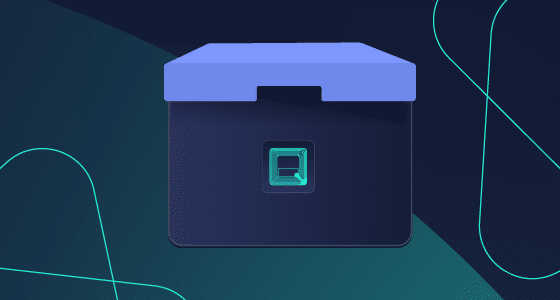
Table of Contents
What are the Advantages of RFID for your Warehouse?
1. Real-time inventory tracking
Receive with Next-Level Speed and Precision
RFID tags can be attached to each item in a warehouse, allowing for automated inventory tracking. This eliminates the need for manual scanning and counting, reducing the risk of errors and improving accuracy.
In addition to this, RFID tags don’t require a direct line of sight like barcodes, so you can read them quickly and from a distance, improving visibility and scanning efficiency. Ultimately the Secondly, RFID allows for faster inventory check-in, counting, and shipment verification with fewer employees needed for processing, potentially reducing labor costs by up to 80%. However, the cost of investing in an RFID inventory solution must be considered when weighing these benefits. Lastly, RFID can be used to track returnable assets like containers and pallets throughout the supply chain, providing greater visibility and reducing the risk of theft or neglect, which is especially valuable when there is a significant capital investment involved.
2. Improved accuracy
Your Most Accurate Inventory Yet
RFID technology has many advantages. One major benefit is that it enables quick and accurate counting of large volumes of items, minimising human error and reducing the time required for manual counting. Traditionally, people count inventory either through pen and paper or by scanning each item with a barcode. Both of these methods take a lot of time and effort, and most importantly they’re not very accurate. With RFID, inventory checks can be done quicker and with less effort, allowing you to carry out more frequent stock checks.
Overall RFID tags can be used to track the movement of items within the supply chain, providing real-time visibility and enhancing inventory control. This can help businesses make informed decisions about production, purchasing, and distribution, leading to improved profitability and customer satisfaction.
3. Increased efficiency
With Proven Solutions that Deliver Agility and Accuracy
By implementing RFID labels on their inventory, companies can eliminate the requirement of line-of-sight barcode scanning and manual counting of individual items. With RFID technology, multiple objects can be counted simultaneously, without the need for direct visibility and each item can be identified through its unique ID.
4. Better supply chain visibility
Put Accuracy on Centre Stage
RFID technology can provide real-time visibility into the movement of goods throughout the supply chain. This allows for better planning and coordination of logistics operations, reducing the risk of delays or disruptions.
What are the RFID Technology Use Cases Within a Warehouse
1. How RFID can help Warehouse Receiving
RFID technology can be used during the receiving process to automatically identify and track incoming inventory. As new items are received, RFID tags can be scanned to verify the accuracy of the shipment and ensure that all items are accounted for. The use of RFID can help reduce the time it takes to process incoming inventory, increase accuracy, and improve visibility into inventory levels.

2. RFID Put-Away Process
When put-away teams receive goods in the warehouse, RFID technology can assist in locating the most appropriate storage locations for each item. RFID tags can be used to identify and match incoming products with the right storage locations in the warehouse, ensuring that goods are stored in the most optimal locations based on factors such as size, weight, and demand. This helps to maximise warehouse space utilisation and minimise the time taken to find and store items, which ultimately helps reduce labor costs and improves the overall efficiency of warehouse operations.

3. RFID Technology for Warehouse Picking
The use of RFID technology during the picking process can significantly improve picking accuracy and speed. By using RFID tags to identify the correct products and locations, workers can easily locate and pick items with minimal errors. This results in reduced labor costs, increased efficiency, and improved customer satisfaction due to fewer order errors.
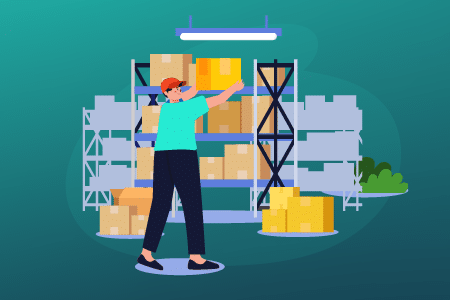
5. RFID for Dispatching Processes
RFID technology can be used during dispatching to ensure that the correct items are loaded onto the correct trucks. As goods are loaded onto trucks, RFID tags can be scanned to ensure that all items are accounted for and that they are loaded onto the correct truck for delivery. This helps to reduce the risk of shipping errors and delays, improving customer satisfaction and increasing the efficiency of dispatching operations.
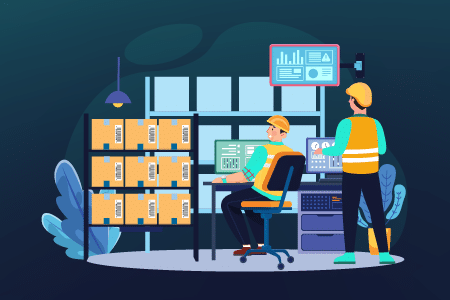
6. How RFID Can Optimise Shipping Processes
Finally, RFID technology can be used during the shipping process to improve tracking and visibility. RFID tags can be used to track each shipment as it moves through the supply chain, providing real-time visibility into its location and status. This helps to ensure that shipments arrive at their intended destinations on time and in good condition, reducing the risk of shipping errors and improving customer satisfaction.












